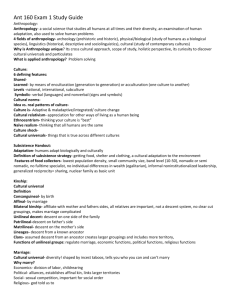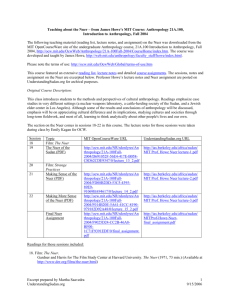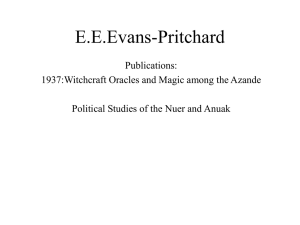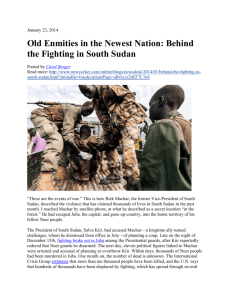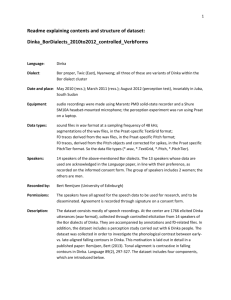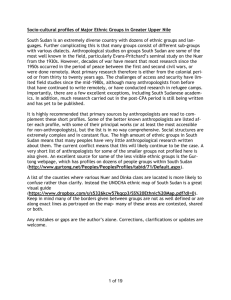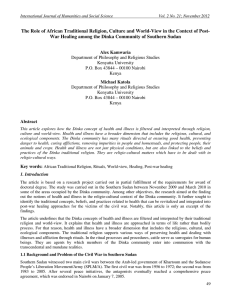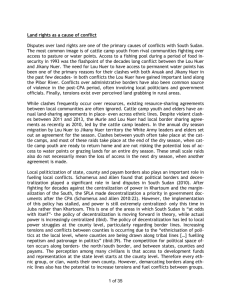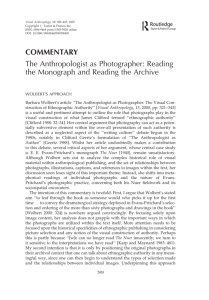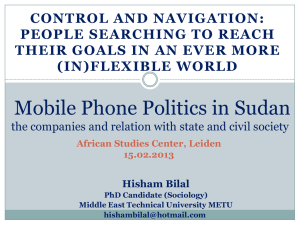File
advertisement
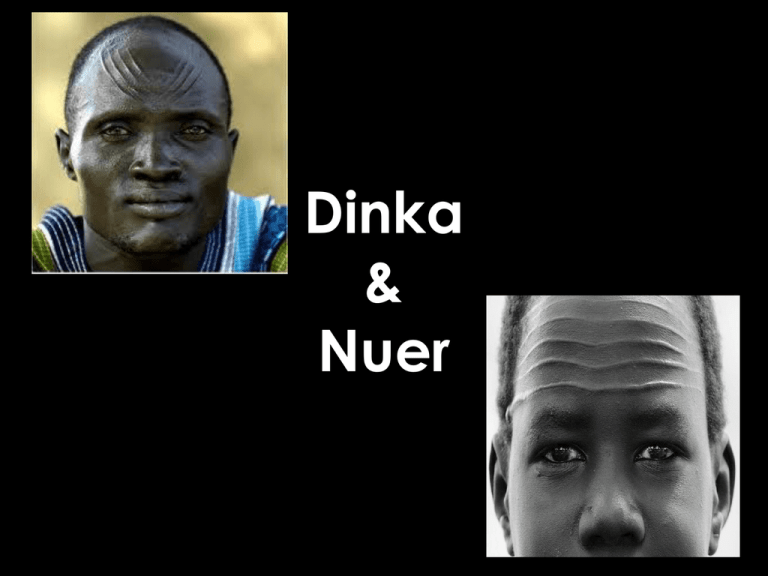
Dinka & Nuer Dinka Following the influx of 19th century British missionaries, Christianity was predominate over traditional Dinka religious practice. The Dinka's religions, beliefs and lifestyle have led to conflict with the government in Khartoum. The Sudan People's Liberation Army, led by late Dr. John Garang De Mabior, a Dinka, took arms against the government in 1983. During the subsequent 21-year civil war, many thousands of Dinka, along with fellow non-Dinka southerners, were massacred by government forces. The Dinka have also engaged in a separate war with the Nuer for hundreds of years. Dinka Age is an important factor in Dinka culture, with young men being inducted into adulthood through an initiation ordeal which includes marking the forehead with a sharp object. Nuer The Nuer, also known as the Nei Ti Naath (roughly meaning original people), are a confederation of tribes located in South Sudan and western Ethiopia. Collectively, the Nuer form one of the largest ethnic groups in East Africa. They are a pastoral people who rely on cattle products for almost every aspect of their daily lives. The Nuer border such tribes as the Dinka, Anyuak, Shilluk and other minor tribes in both Ethiopia and Sudan. Nuer The Nuer receive facial markings as part of their initiation into adulthood. The pattern of Nuer scarification varies within specific subgroups. The most common initiation pattern among males consists of six parallel horizontal lines which are cut across the forehead with a razor, often with a dip in the lines above the nose. Dotted patterns are also common (especially among the Bul Nuer and among females). Dinka & Nuer

